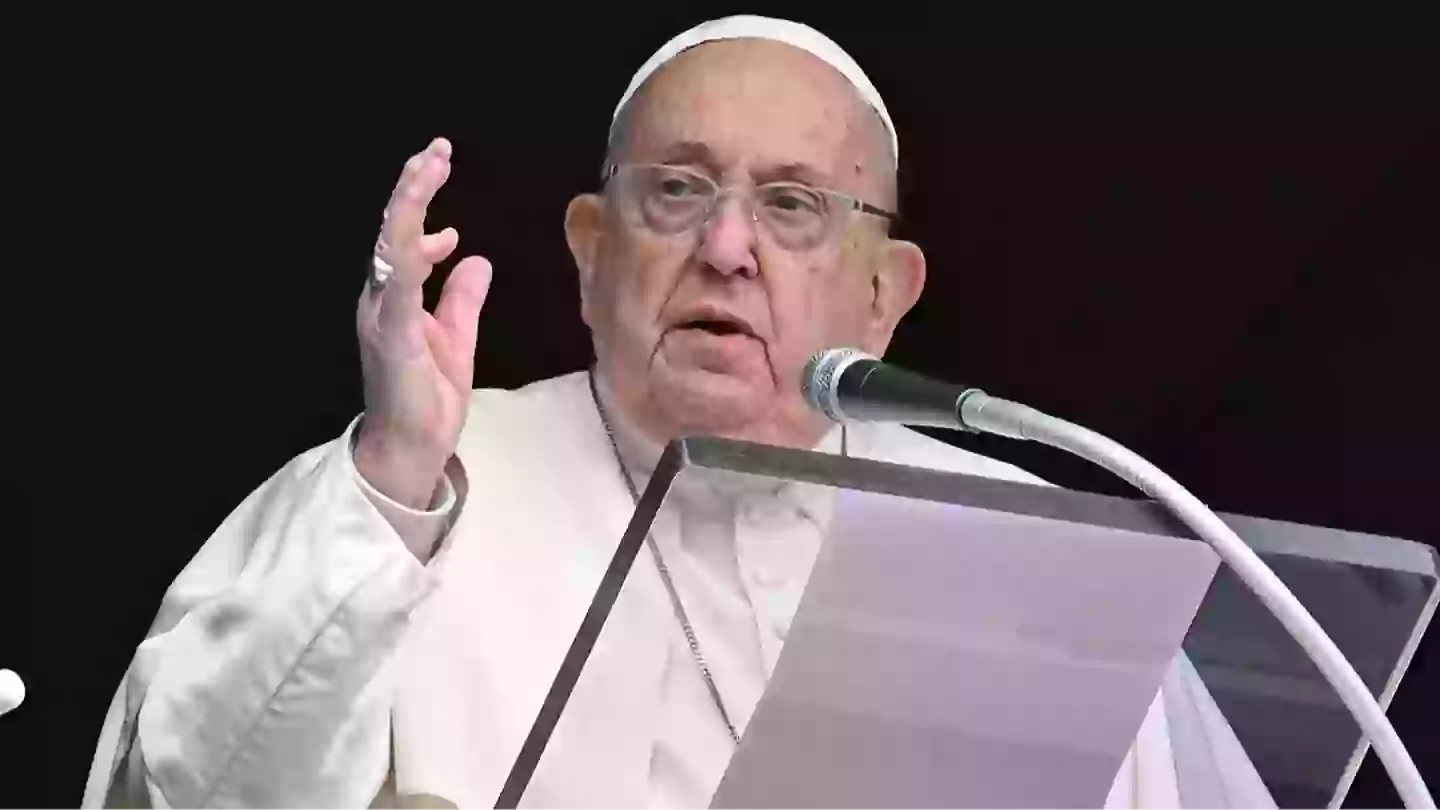The Vatican will observe several unique rites following the death of Pope Francis, each with distinct reasons behind them.
Pope Francis, who was deeply cherished, has passed away at the age of 88. He suffered a stroke on Easter Monday, April 21, after battling a respiratory illness for several weeks in the hospital.
The announcement of his passing was made on Monday by Camerlengo Cardinal Kevin Farrell, who stated: “Dearest brothers and sisters, with deep sorrow I must announce the death of our Holy Father Francis. At 7.35 this morning, the Bishop of Rome, Francis, returned to the home of the Father.”
As the Camerlengo Cardinal tasked with conducting a series of orchestrated rituals promptly, Farrell also paid tribute to Pope Francis, acknowledging his dedication to God and the Catholic Church, and urging the world to embody the values of the Gospel with fidelity, bravery, and universal love, particularly for the most impoverished and marginalized.

Following the confirmation of his death, the traditional ‘Ordo Exsequiarum Romani Pontificis,’ or ‘Rite of Burial for Roman Pontiffs,’ has been set in motion in preparation for Francis’ funeral and burial on Saturday, April 26.
Several key ceremonies have already occurred, such as adorning his body in red liturgical vestments in preparation for public viewing from an open casket at St. Peter’s Basilica, scheduled for Wednesday.
In addition, Pope Francis’ official apartment has been symbolically sealed with a red ribbon and wax, marking the ‘sede vacante,’ or ‘vacant see,’ which is the period between a pontiff’s death and the election of a new pope.
Officials conducted a ritual by placing a red ribbon through the door handles of the Apostolic Palace and sealing it with wax imprinted with Francis’ papal seal. According to Sky reports, this act is meant to prevent looting, although it is largely ceremonial since Pope Francis lived in the simpler accommodations of the church guesthouse, Domus Sanctae Marthae, after his election in 2013.

Among other traditions, the Pope’s well-known gold signet ring will be destroyed with a specialized hammer. Jorge Mario Bergoglio, as Francis was originally named, wore the Fisherman’s Ring on his right hand, valued at approximately $520,000.
The Camerlengo Cardinal will obliterate the ring to prevent misuse or fraud, as it was used by the Pope to seal private letters. However, its function today is largely ceremonial due to modern technological advances.
Meanwhile, the public will have the opportunity to view the Pope in his casket at St. Peter’s Basilica before funeral arrangements commence.
Camerlengo Farrell will then prepare Francis’ coffin with significant items, such as a bag of coins minted during his papacy and a written account of his tenure, before sealing it.
The funeral will inaugurate nine days of official mourning, known as the ‘novemidales,’ culminating in his burial at Rome’s St Mary Major Basilica, outside the Vatican, according to his wishes.
Archbishop Diego Ravelli explained that the late Pope chose this resting place to highlight his role as a ‘pastor and disciple of Christ,’ rather than as a powerful worldly figure, as reported by ABC News.
The Conclave to elect a new pope will convene at least 15 days following the Pope’s death. During this process, cardinals will sequester themselves in the Sistine Chapel for the confidential voting procedure.

